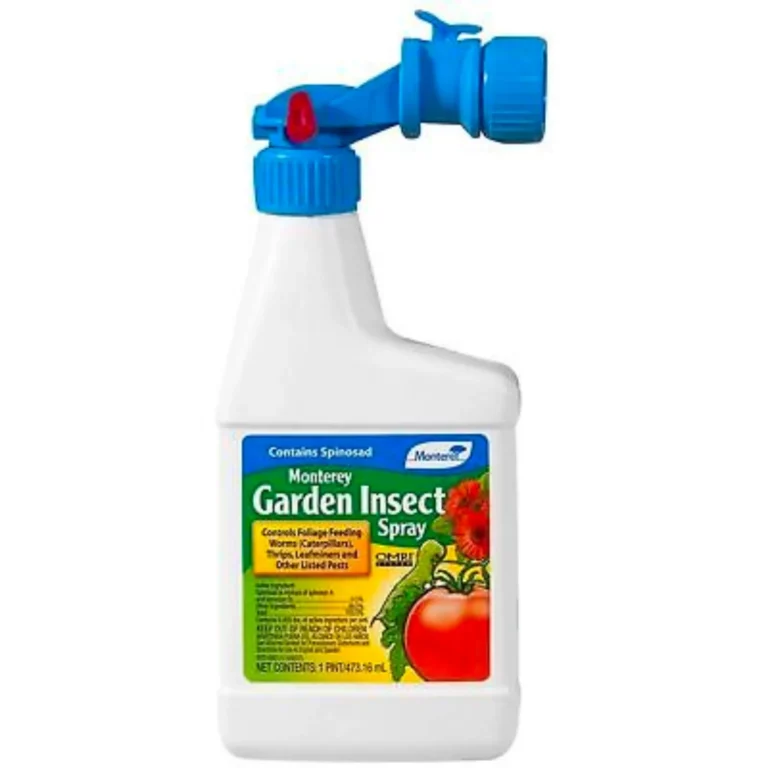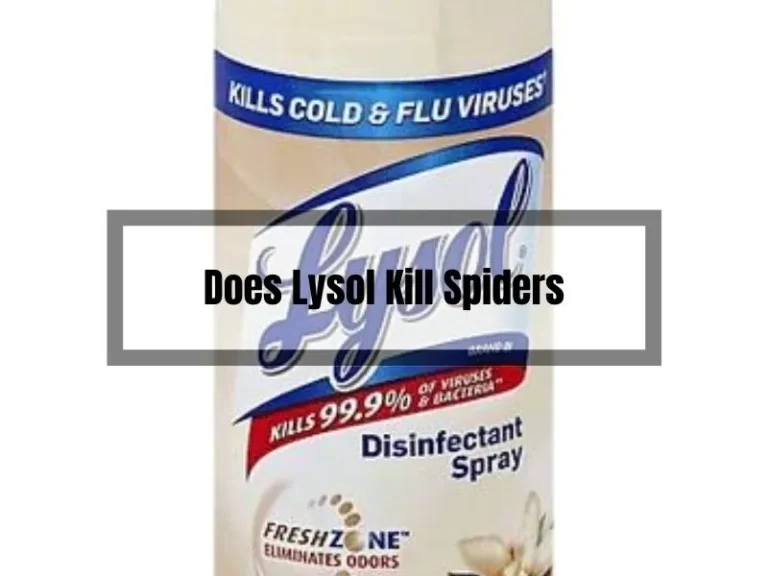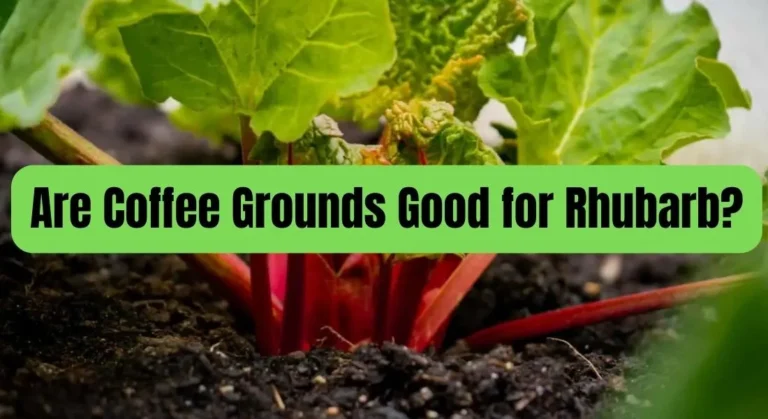Alternative to Straw for Grass Seed: Eco-Friendly Options
If you’re looking to seed a new lawn, you may have heard that using straw is the way to go for covering the grass seed. However, this is not the only option available to you. In fact, there are several alternatives to straw that can be just as effective, if not more so, at protecting your grass seed and seedlings.
One reason why straw may not be ideal is that it can contain weed seeds, which can compete with your grass seed for nutrients and water. Additionally, straw can be difficult to apply evenly and can blow away in windy conditions.
Fortunately, there are many other mulches that you can use to cover your grass seed and promote healthy growth. Some of these alternatives include compost, grass clippings, coconut coir, sawdust, jute, germination mats, topsoil, and peat moss.
Key Takeaways
- There are many alternatives to using straw for grass seed coverage.
- Some of these alternatives include compost, grass clippings, coconut coir, sawdust, jute, germination mats, topsoil, and peat moss.
- When choosing a mulch, consider factors such as moisture retention, weed suppression, and ease of application.
Why Straw May Not Be Ideal
If you’re looking for an alternative to straw for grass seed, it’s important to understand why straw may not be the best option. Here are a few reasons why:
- Perennial weed seeds: Straw often contains perennial weed seeds, such as orchard grass, which can be difficult to control and can lead to weed problems in your lawn. [1]
- Moisture retention: Applying an excessively thick layer of straw over your newly-seeded lawn will inhibit seed growth by preventing much-needed sunlight from reaching the soil. A thick layer of straw – with its excessive moisture retention properties – makes for a perfect habitat for the growth of fungal organisms like mushrooms. [2]
- Bird activity: Birds and other small animals might see unprotected seeds as an easy meal. Straw can help protect new grass seedlings from these critters. However, if you apply too much straw, it can actually attract more birds to your lawn. [3]
Overall, while straw can be a useful tool for protecting newly-seeded grass, it may not be the ideal option for everyone. Luckily, there are many alternatives to straw that can help you achieve a beautiful, healthy lawn without the downsides of traditional straw cover.
Alternative Mulches for Grass Seed Coverage
When it comes to covering grass seed, straw is a popular choice, but it’s not the only option. Here are some alternative mulches you can use:
Wood Fiber Mulch
Wood fiber mulch, also known as excelsior, is a popular alternative to straw. It’s made from shredded wood and is often used for erosion control. It’s lightweight, easy to spread, and breaks down quickly, providing nutrients to the soil. Plus, it’s a renewable resource, making it an eco-friendly choice.
Coconut Coir
Coconut coir is another eco-friendly option for covering grass seed. It’s made from the fibers of coconut husks and is often used as a soil amendment.
It’s lightweight, easy to spread, and retains moisture well, which can help the grass seed germinate faster. Plus, it’s biodegradable, so you don’t have to worry about removing it once the grass is established.
Compost
Compost is a great option for covering grass seed, especially if you have a compost pile in your yard. It’s rich in nutrients and can help improve the soil quality.
Spread a thin layer of compost over the grass seed, making sure not to bury it too deep. This will help retain moisture and provide the grass seed with the nutrients it needs to grow.
Erosion Control Blankets
If you’re dealing with a steep slope or an area prone to erosion, an erosion control blanket may be the best option.
These blankets are made from natural materials like coconut fiber or straw and are designed to hold soil in place while allowing grass seed to grow through. They’re easy to install and can help prevent soil erosion while promoting healthy grass growth.
No matter which alternative mulch you choose, make sure to follow the manufacturer’s instructions for application. With the right mulch, you can help ensure healthy grass growth and a beautiful lawn.
Applying Mulches Effectively
Mulching is an essential process for promoting successful grass seed growth. Mulches help to retain moisture, regulate soil temperature, and prevent soil erosion. In this section, we will discuss how to apply mulches effectively to ensure healthy grass growth.
Preparation and Application Techniques
Before applying mulch, it is essential to prepare the soil. Remove any debris, rocks, or weeds from the area and loosen the soil with a rake or hoe. Spread the grass seed evenly over the soil, following the recommended seeding rate for your specific grass type. Then, apply the mulch over the seed.
When applying mulch, make sure to spread it evenly over the soil. Use a rake or hoe to spread the mulch to a depth of 1/4 to 1/2 inch. Avoid applying mulch too thickly, as this can prevent grass seed from germinating.
Watering and Maintenance Tips
After applying mulch, water the area thoroughly. Make sure to keep the soil moist but not waterlogged. Water the area daily for the first week, then gradually reduce the frequency of watering as the grass begins to grow.
As the grass grows, it is essential to maintain the mulch layer. Check the area regularly for signs of erosion or damage. If necessary, add more mulch to maintain a consistent layer.
In summary, applying mulches effectively is crucial to promoting healthy grass growth. By following the preparation and application techniques, as well as the watering and maintenance tips, you can ensure that your grass seed has the best chance of success.
Pros and Cons of Different Mulches
Cost Considerations
When choosing a mulch for your grass seed, cost is an important factor to consider. Straw is a popular choice because it is widely available and relatively inexpensive.
However, there are other options that may be more cost-effective in the long run. For example, shredded leaves and grass clippings are generally free and can be used as mulch. Wood chips are also a good option, as they are often available at a relatively low cost.
Environmental Impact
Another important factor to consider when choosing a mulch is its environmental impact. Straw is a renewable resource, but it is often treated with pesticides and herbicides that can be harmful to the environment.
Shredded leaves, grass clippings, and wood chips are all natural and do not contain harmful chemicals. In addition, these mulches can help to improve soil health by adding organic matter and nutrients.
Durability and Protection
Finally, you should consider the durability and protection provided by different mulches. Straw is a lightweight material that can easily blow away in windy conditions. It also breaks down relatively quickly, which means that you may need to reapply it frequently.
Shredded leaves and grass clippings are more durable and can provide better protection for your grass seed. Wood chips are also a good option, as they can last for several years and provide excellent protection against erosion.
In summary, there are several factors to consider when choosing a mulch for your grass seed. Cost, environmental impact, durability, and protection are all important considerations. While straw is a popular choice, there are other options that may be more cost-effective, environmentally friendly, and durable.
Frequently Asked Questions
What are effective grass seed covers besides straw?
There are many effective grass seed covers besides straw. Some popular options include peat moss, wood chips, and shredded leaves. These materials help to retain moisture and protect the seeds from birds and other animals.
How can I protect newly planted grass seed from birds?
Birds can be a major problem when planting grass seed. To protect your newly planted grass seed from birds, you can use netting or bird repellent. Netting can be placed over the seeded area to keep birds from eating the seeds. Bird repellent can be sprayed on the area to deter birds from coming near.
What is the best mulch to use for covering grass seed?
The best mulch to use for covering grass seed is one that is lightweight and allows light to penetrate through to the seeds. Some good options include straw, peat moss, and wood chips. These materials help to retain moisture and protect the seeds from birds and other animals.
Can I successfully grow grass seed without using straw?
Yes, you can successfully grow grass seed without using straw. There are many effective alternatives to straw, such as peat moss, wood chips, and shredded leaves. These materials help to retain moisture and protect the seeds from birds and other animals.
What should I use to cover grass seed during overseeding?
When overseeding your lawn, it is best to use a light covering of mulch to protect the seeds. Some good options include straw, peat moss, and wood chips. These materials help to retain moisture and protect the seeds from birds and other animals.
Are there any disadvantages to using too much straw on grass seed?
Yes, there are some disadvantages to using too much straw on grass seed. If too much straw is used, it can create a barrier that prevents the seeds from receiving enough light and water. Additionally, too much straw can attract pests and rodents, which can damage the newly planted grass seed.





